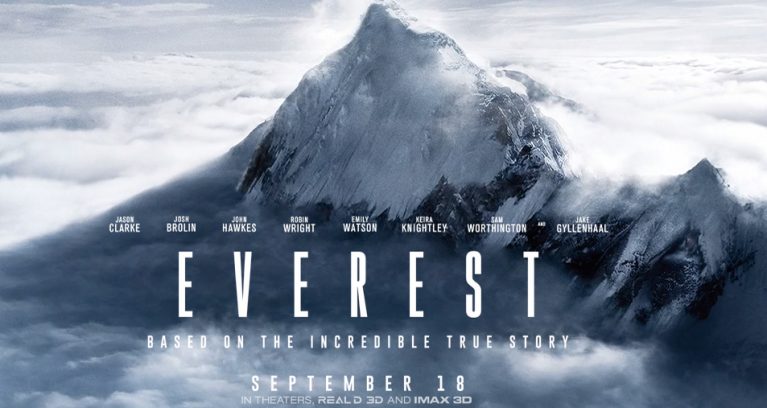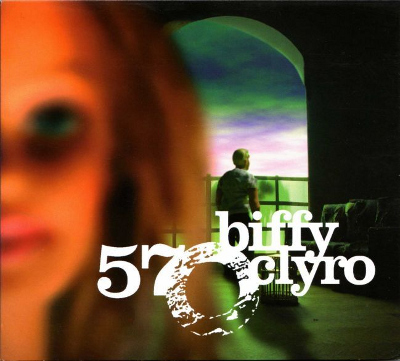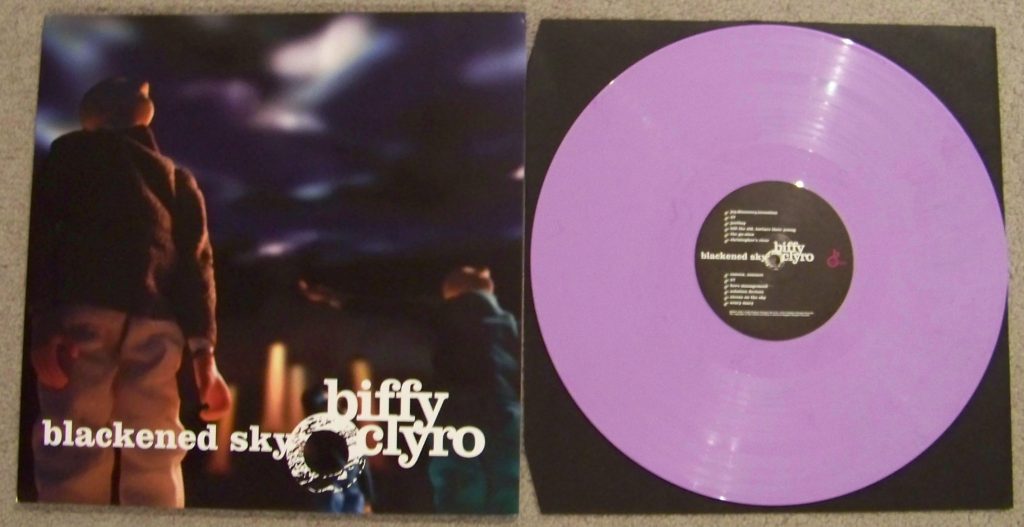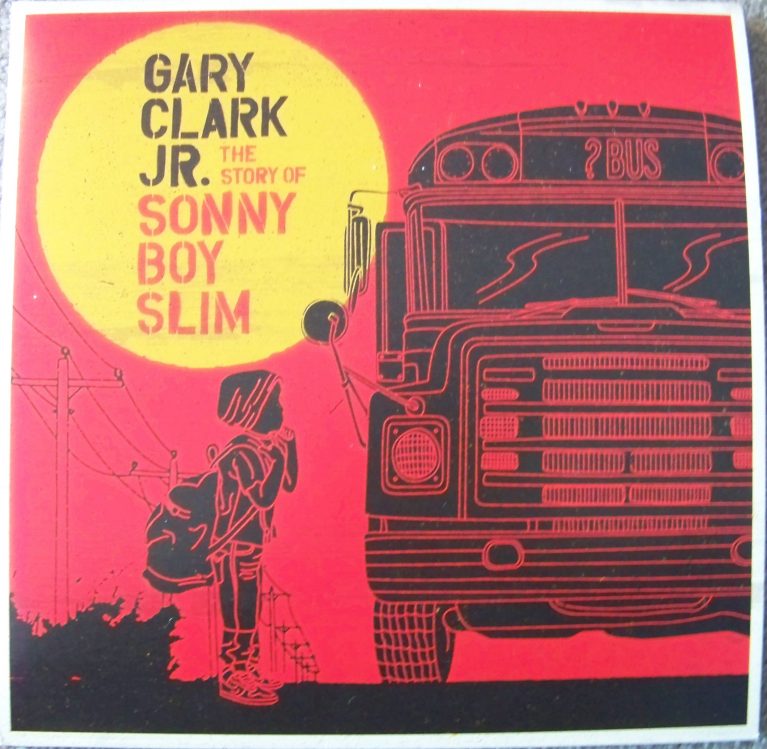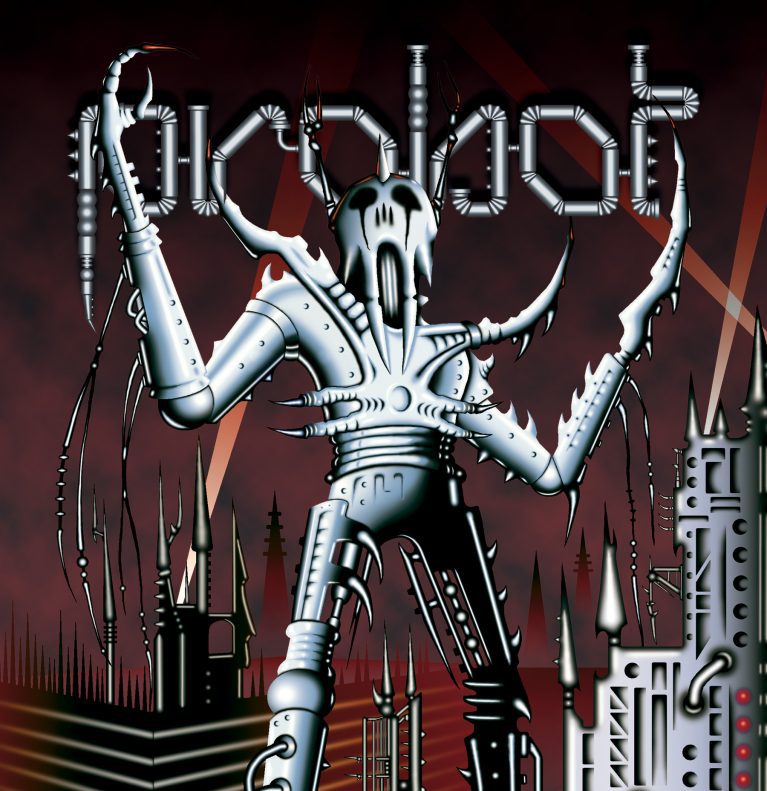Everest is a true story centred around Kiwi mountaineer Rob Hall (Jason Clarke) who guided a group to summit Mt Everest alongside other groups in 1996. It is based on the autobiographical book Left for Dead: My Journey Home from Everest, by Beck Weathers (Josh Brolin), one of the characters in the film.
Hall’s wife Jan Arnold (played by Kiera Knightly in the film) lives in my home town of Nelson. She came and gave a talk to my year group when I was in high school, so I had a fair idea about what the plot would involve. This didn’t spoil anything though, because I was still kept on the edge of my seat throughout.
Willing climbers have paid Hall and his company Adventure Consultants to guide them to the summit of Everest and back, based on his reputation for success and safety. There are also two other groups who are attempting the same during the two week window: a selfish South African group, and Mountain Madness, led by Scott Fisher (Jake Gyllenhaal). The overcrowding at base camp causes some complications, but as Fischer points out, it’s not a matter of the three groups competing against each other, but rather a matter of every person competing against the mountain.
We get to know the key characters, their motivations, their weaknesses. Hall has a pregnant wife back in New Zealand. Weathers is a rich American who pursues mountaineering to avoid depression. Doug Hansen (John Hawkes) wants to prove that an Average Joe is capable of extraordinary things. Yasuko Namba (Naoko Mori) has climbed six of the Seven Summits (the highest peak of each continent), and seeks to complete the set. We watch with abated breath as the climbers all seek to accomplish a common goal: to summit Everest and survive to tell the tale.
I applaud whoever did the casting for this film. The collective acting talent is strong enough that I was able hear to attempts at the New Zealand accent without feeling compelled to cringe. It sounds petty, but it really is an achievement. The only other example of an actor capable of pulling this off (that I can think of) is Anthony Hopkins, who played Kiwi motorcycling legend Burt Munro in The World’s Fastest Indian.
And it’s not just acceptable accents that got noticed. The cast take us on an emotive ride that having us vicariously cheering one minute, and choking back tears the next.
This is certainly a film that shines in a cinema setting, doing justice to the vast scenery shots displayed across a big screen. The scale of the cluttered Nepalese cities and majestic icy peaks are breathtaking. It is nice to see some authenticity, with some of the filming having taken place in Nepal, with the rest being shot in the Italian alps and the UK.
Both triumphant and tragic, Everest tells a gripping tale that reels you in and displays the destructive power of both nature; and the power of the human spirit and will to survive.
Joseph James

